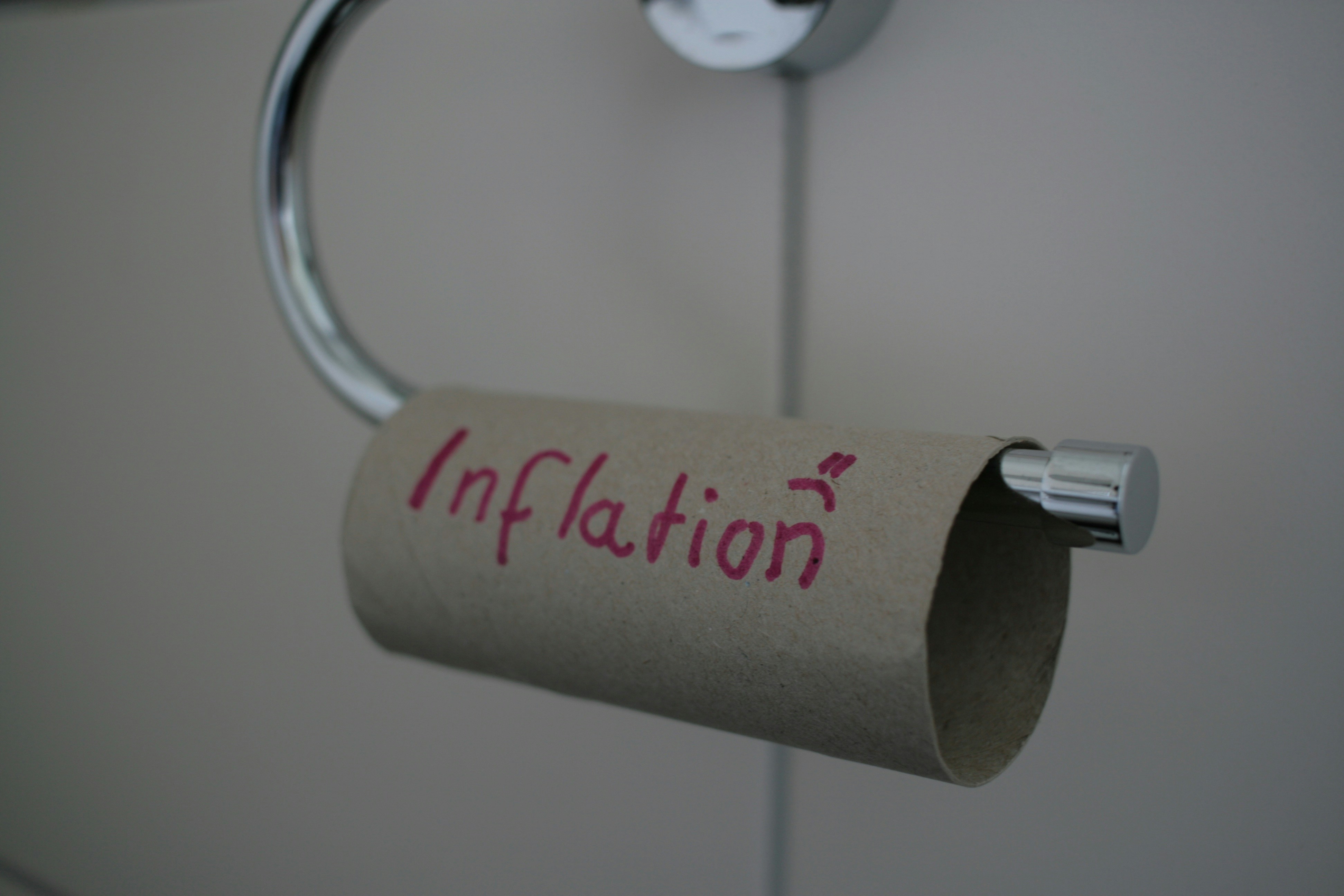Understanding Fixed Income in Retirement

Fixed income in retirement refers to a steady stream of income that retirees rely on to cover their living expenses after leaving the workforce. When creating a retirement budget on a fixed income, this form of income is typically predictable and provides a level of financial security. Common sources of fixed income for retirees include pensions, Social Security, annuities, and fixed-rate investments. Each of these sources plays a critical role in ensuring that retirees can maintain their desired lifestyle without the variable risks often associated with market investments.
Pensions are employer-sponsored retirement plans that provide retirees with regular payments based on their salary and years of service. Social Security, a government program, offers financial support based on an individual’s earnings history, significantly contributing to retirement income for many individuals. Annuities, which are contracts with insurance companies, can provide guaranteed periodic payments for a specified period or for the rest of one’s life, offering retirees both security and peace of mind. Lastly, fixed-rate investments, such as certificates of deposit (CDs) and bonds, can also contribute to fixed income, ensuring that a portion of retirement savings is shielded from market volatility.
Managing a fixed income is essential for retirees seeking financial stability throughout their golden years. It involves budgeting carefully to align expenses with available income sources. Retirees should consider all fixed income avenues and how they complement one another. By understanding the characteristics of each income source, individuals can develop a comprehensive financial plan that considers potential changes in expenses or unexpected financial challenges. Balancing fixed income with careful management of resources ensures that retirees can navigate their financial landscape with confidence.
Assessing Your Current Financial Situation
Before embarking on the journey of retirement planning, it is essential to conduct a thorough assessment of your current financial situation. This initial evaluation serves as a foundation for creating an effective retirement budget on a fixed income. Begin by reviewing all of your current income sources, such as salary, pensions, Social Security benefits, and any investment returns. This gives you a clear understanding of the inflow of funds that will support your lifestyle during retirement.
Next, it is crucial to analyze your monthly expenses. List all of your regular expenditures, including housing costs, utilities, groceries, healthcare, and recreational activities. Categorizing your expenses into fixed and variable can also aid in understanding which costs are essential and which can be adjusted or eliminated. This categorization will be beneficial when creating a budget tailored to a fixed income.
Additionally, it is vital to account for any outstanding debts. Whether it’s credit card debt, student loans, or a mortgage, understanding these obligations will help in managing your finances post-retirement. Prioritizing debt repayment before retirement can reduce financial strain in your later years. Furthermore, evaluating your savings is imperative. This includes not only retirement accounts such as 401(k)s and IRAs, but also any additional savings or investments you may possess.
To create a comprehensive financial picture, calculating your net worth; total assets minus total liabilities, provides valuable insight into your financial standing. Organizing this information can be made easier using spreadsheets or budgeting software, which can help visualize your financial landscape. Taking the time to assess these elements carefully will grant you the clarity needed to establish a realistic retirement budget that aligns with your fixed income needs.
Estimating Monthly Expenses in Retirement
Estimating monthly expenses during retirement is a crucial step in ensuring financial stability while living on a fixed income. To effectively create a retirement budget, individuals should first categorize their expenses into essential and discretionary spending. Essential expenses typically include housing costs, utilities, transportation, groceries, and insurance premiums. Discretionary spending encompasses less critical items such as entertainment, dining out, hobbies, and travel.
To begin, retirees should gather documents like bank statements, credit card bills, and any existing budgets to form an accurate picture of current expenses. This holistic view allows for realistic projections of monthly financial needs. Essential costs can fluctuate based on various factors, such as geographic location or individual health. For instance, housing considerations may involve mortgage payments, property taxes, or rent. Retirees who own their homes may also need to budget for maintenance costs that arise with homeownership.
Another significant component of retirement budgeting is healthcare expenses. As individuals age, healthcare costs tend to increase, and it is advisable to plan for both routine medical expenses and potential long-term care needs. Many retirees underestimate these costs; therefore, researching health insurance options; including Medicare; can aid in making informed decisions about potential out-of-pocket expenses.
Lifestyle adjustments should also be factored into the budgeting process. Changes in spending habits, resulting from shifting priorities or the desire to engage in more cost-effective leisure activities, can substantially affect overall financial planning. For instance, pursuing interests that involve less expenditure can lead to a more balanced and enjoyable retirement experience. By estimating expenses with these variables in mind, individuals can create a sustainable budget that supports their long-term financial well-being.
Setting Up a Retirement Budget Plan
Creating a retirement budget plan is essential for managing finances effectively on a fixed income. A well-structured budget can alleviate stress and allow retirees to enjoy their golden years without the fear of financial instability. The first step in this process is developing a comprehensive budget template. This template should encapsulate both fixed and variable expenses, ensuring that all financial obligations are considered. Fixed expenses include rent or mortgage payments, utilities, insurance, and taxes, while variable expenses encompass groceries, transportation, healthcare, and leisure activities.
Once the template is set, it is crucial to allocate funds to different spending categories accurately. This allocation should reflect realistic spending habits and prioritize essential needs. For instance, allocate a substantial portion of the budget to housing and healthcare costs, which can often be the most significant expenses faced in retirement. Following this, it can be beneficial to categorize discretionary spending, which includes activities such as travel, hobbies, and entertainment. Understanding these categories can help retirees recognize where they can cut back if necessary.
Moreover, adhering to the principle of living within one’s means is key to maintaining a stable financial situation throughout retirement. With many retirees facing budget constraints due to a fixed income, it is vital to monitor spending regularly and adjust budgets accordingly to avoid overextending financially. Creating an emergency fund within the budget can provide a safety net for unforeseen expenses, thus contributing to overall financial security. As retirees embark on this journey, evaluating spending habits and making informed choices can foster a financially sound retirement experience.
Tips for Reducing Expenses
Creating a sustainable retirement budget is essential for individuals on a fixed income. To effectively stretch this income further, several strategies can be employed to reduce living expenses significantly.
One of the most effective strategies is downsizing housing. Transitioning to a smaller home or apartment can lower rent or mortgage payments, as well as reduce utility costs such as heating and cooling. Additionally, moving to a retirement community may offer amenities that could offset some living costs, while providing a supportive environment tailored for seniors.
Utilizing public assistance programs is another viable strategy. Numerous local, state, and federal resources exist to assist seniors with financial support, including housing subsidies, food assistance programs, and utility discounts. Researching eligibility requirements and applying for these programs can result in considerable savings, helping to alleviate the pressure on a limited budget.
Negotiating healthcare costs offers another opportunity for expense reduction. Many healthcare providers and pharmacies have programs in place that allow for reduced rates or payment plans for seniors. Additionally, it is advisable to review insurance coverage periodically to ensure that the plans in place are the most cost-effective options available, potentially switching to a provider with more favorable rates or coverage that aligns more closely with actual healthcare needs.
Furthermore, seeking out discounts specifically for seniors can contribute significantly to minimizing expenditures. Many businesses offer reduced prices for elderly customers on services such as dining, transportation, and entertainment. It is prudent for retirees to inquire about senior discounts wherever they shop or dine.
In employing these strategies, retirees can enhance their financial flexibility and ensure that their fixed income lasts throughout their retirement years.
Dynamic vs. Static Budgeting Approaches
When planning for retirement, particularly for individuals on a fixed income, understanding the differences between dynamic and static budgeting approaches is essential. A static budget is set at the beginning of a financial period and remains unchanged, regardless of fluctuations in income or expenses. This type of budget can provide a straightforward framework that aids individuals in controlling their spending. However, it lacks the flexibility needed to adapt to unexpected financial circumstances that retirees may face throughout their retirement years.
In contrast, a dynamic budget is designed to be adaptable. It is regularly reviewed and adjusted as changes occur in the retiree’s financial situation. This approach is particularly beneficial for retirees whose expenses may vary due to unexpected medical costs, changes in living arrangements, or shifts in lifestyle. By using a dynamic budgeting method, retirees can reassess their financial priorities and realign their spending habits to reflect current realities. This versatility allows for a more sustainable financial plan, providing a safety net against unforeseen challenges.
Moreover, a dynamic budget encourages proactive financial management. Retirees may track their expenses closely and identify patterns, which can help in forecasting future costs and variances. Instead of adhering rigidly to a pre-established budget, they can make informed adjustments and anticipate upcoming financial pressures, enhancing their overall financial stability. Such an approach fosters a sense of empowerment, as retirees can take charge of their finances even in the face of uncertainty.
Ultimately, the choice between dynamic and static budgeting approaches will depend on individual financial circumstances and comfort levels. However, for retirees on a fixed income, a dynamic budgeting strategy often proves to be the most prudent choice, allowing for necessary flexibility in an ever-changing financial landscape.
Building an Emergency Fund
Establishing an emergency fund is a critical component of a well-structured retirement budget, particularly for individuals living on a fixed income. Unforeseen circumstances, such as medical emergencies, home repairs, or other urgent expenses, can arise without warning. Therefore, having a financial cushion can save retirees from financial distress while ensuring that their regular budget remains intact.
As a rule of thumb, retirees should aim to save three to six months’ worth of living expenses in their emergency fund. This amount provides a reasonable safety net that can cover essential bills and unexpected costs. For those on a fixed income, calculating your monthly expenses should include housing, utilities, food, medications, and any other obligatory payments. Once you have a clear picture of your monthly outlay, multiply that figure by three to six to determine your ideal emergency fund size.
When it comes to storing these funds, liquidity is key. It is advisable to keep your emergency fund in an easily accessible account, such as a high-yield savings account or a money market account, where you can earn interest while maintaining the flexibility to withdraw funds quickly when necessary. Avoid tying this money up in long-term investments, as the unpredictable nature of emergencies requires swift access to cash.
Building an emergency fund should be approached gradually, and it is essential to integrate contributions into your retirement budget. This can mean designating a small percentage of your monthly income, even as low as 5% or 10%, dedicated solely to this fund. Adjust your budget carefully to accommodate this savings goal without creating undue stress on your financial situation. Over time, consistent contributions will bolster your fund, providing peace of mind and financial security for any unexpected occurrences that may arise during retirement.
Utilizing Financial Tools and Resources
In the journey towards creating a successful retirement budget on a fixed income, tapping into various financial tools and resources can significantly simplify the process. Today, technology offers a multitude of options designed to assist individuals in managing their finances effectively. A wide array of budgeting software is available that can help track spending and ensure that expenses stay within the desired limits.
For instance, budgeting applications like YNAB (You Need A Budget) and Mint provide users with intuitive interfaces to monitor expenses in real-time. These platforms allow retirees to set up specific categories for their spending, enabling a clearer overview of where the income is allocated each month. Additionally, they often come equipped with features that allow users to project future financial needs based on current spending habits, ensuring that retirees can better prepare for upcoming expenses.
Websites like WiseBread and The Motley Fool offer valuable financial advice and tips for seniors. These resources consider the unique challenges faced by individuals on a fixed income, providing insights into effective budgeting strategies tailored to this demographic. Furthermore, forums and community boards can be excellent places for retirees to share experiences and gather advice from others in similar financial situations.
Utilizing online calculators can also aid in forecasting future expenses, calculating retirement savings, and estimating Social Security benefits. Such tools help individuals regularly assess their financial health and adjust their budgeting strategies accordingly. Integrating these resources can lead to informed decision-making, enabling retirees to maintain both comfort and stability in their financial planning.
Periodically Reviewing Your Retirement Budget
As retirement progresses, the significance of periodically reviewing your retirement budget cannot be overstated. Life is dynamic, and changes in financial circumstances or personal needs can arise, making it essential to adapt your budget accordingly. Regular reviews not only ensure that your financial allocations remain appropriate but also enable you to stay aligned with your retirement goals, particularly when operating on a fixed income.
To conduct a thorough budget review, start by assessing your current financial situation. Gather all relevant documents, including income statements, expense records, and any updated financial plans. Compare your actual spending against the budget you initially set. This examination allows you to identify any discrepancies and understand where you might be overspending or saving. If necessary, categorize your expenses into fixed and variable costs to get a clearer picture of your spending habits.
Next, consider any changes in your life circumstances that might influence your budget. For example, healthcare expenses may rise over time, necessitating adjustments in your financial plan. Additionally, assess opportunities for income adjustments, such as delaying Social Security benefits or considering part-time work if feasible. By doing so, you can enhance your financial stability and reduce strain on your budget.
In conjunction with evaluating your expenditures and incomes, setting a periodic schedule for these reviews is crucial. Whether it is quarterly or bi-annually, having a consistent timeline helps to maintain discipline in your financial planning. After each review, make the necessary adjustments to your retirement budget to better reflect your current realities and aspirations as you navigate this new phase of life.
Ultimately, by proactively reviewing your retirement budget, you empower yourself to make informed decisions that ensure financial security throughout your retirement years.


